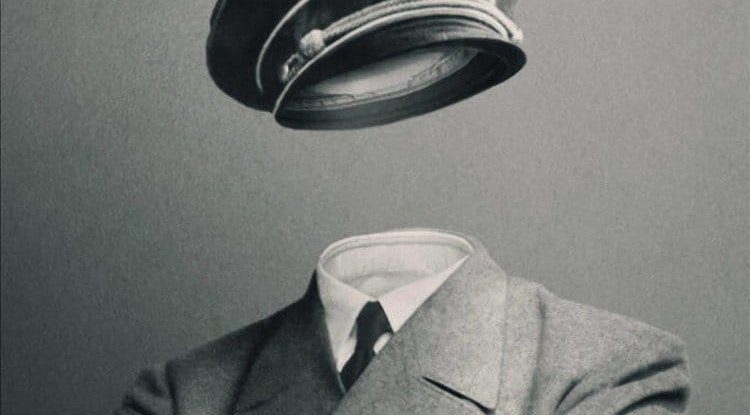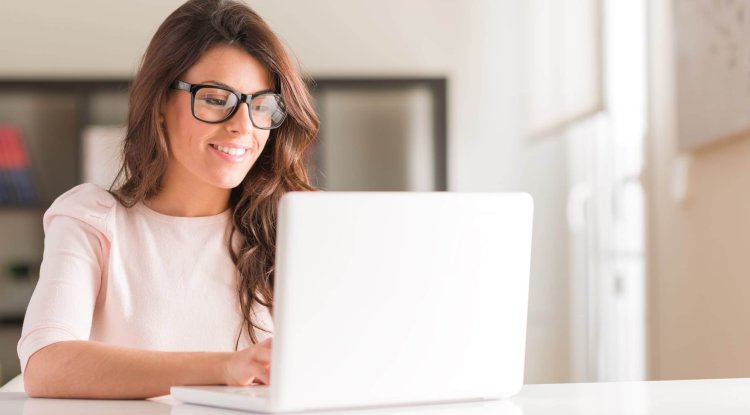The Meaning of Hitler cleverly fights the language of horror
The impossibility of "correct" presentation of the Holocaust has long fascinated filmmakers, but also photographers. Some have chosen to radically reject any archival images when re-examining the genocide, while others have taken the opposite path, arguing that we must face horror.

With The Meaning of Hitler, filmmakers Petra Epperlein and Michael Tucker approach Adolf Hitler through a self-reflexive process that knows him very well as a non-original subject. We see plenty of images of the man himself, but they are often framed by narrative voices that remind us of Hitler’s status as a pathetic facsimile of history.
Nazi aesthetics is exhibited as a tasteless form of luxury, and Hitler is its queen.
The documentary's interesting narrative, alternating between a woman's contemplative voice and a man's deliberate theatrical voice, warns the viewer of the magic of what can be described as Nazi pornography, but which Epperlein and Tucker call "fascinating fascism." The significance of Hitler’s uniqueness compared to so many other documentaries about Hitler and the Holocaust lies in its essayistic layers, as filmmakers anxiously change lectures for loud thinking and careful examination of the film process.
In more "target" moments, we see Epperlein in the frame, riding a train and reviewing the pages of Sebastian Haffner's book on which the documentary is based. Awareness of the futility of the etiological search for truth permeates the film. His commitment to subjectivity always creeps into more traditional recordings of historians, novelists, Nazi hunters, and conspiracy theorists.
Archival images of Hitler are not presented as larger than life but are placed on the same level as experimental sequences recorded today.
By: Amber V. - Gossip Whispers





































